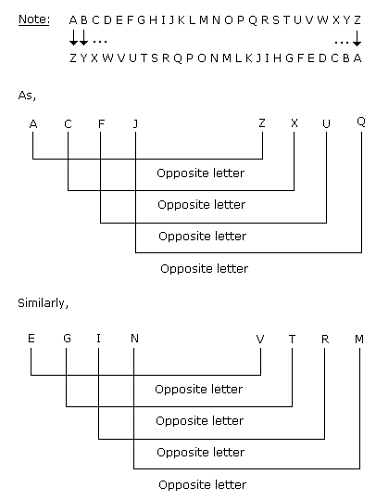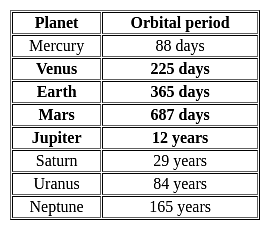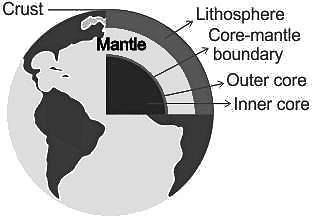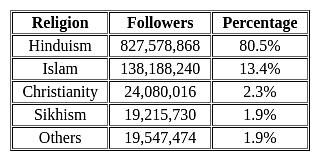KVS TGT Social Science Mock Test - 3 - KVS PGT/TGT/PRT MCQ
30 Questions MCQ Test KVS TGT Exam Mock Test Series 2024 - KVS TGT Social Science Mock Test - 3
Fill in the blank with the correct preposition.
The picture is ____ the wall.
| 1 Crore+ students have signed up on EduRev. Have you? Download the App |
Direction: In the following question, the sentences have been given in Active/ Passive Voice. From the given alternatives, choose the one that best expresses the given sentence in Passive/ Active Voice.
The doctor advised the patient not to eat rice.
Directions: In questions given below out of four alternatives, choose the one which can be substituted for the given word/sentence.
Q. Extreme old age when a man behaves like a fool.
Directions to Solve
In each of the following questions find out the alternative which will replace the question mark.
Question -
ACFJ : ZXUQ :: EGIN : ?
In the process of education and socialization, which of the following are transmitted to the students?
I. Social hierarchy
II. Inherent inequality
III. Social stratification
Preservation of viable material of endangered species can be done by
Arrange the planets in the correct ascending order based on their orbital period.
1) Venus
2) Jupiter
3) Earth
4) Mars
Choose the correct answer from the codes given below.
Which of the following mapping techenique is suitable to depict the undulating surface of the earth?
Choose the correct order of the layer of the earth out ward from the centre.
The Constitution of India is Unitary, because:
a. There is the decentralization of powers.
b. The Governor of states is appointed.
c. The distribution of powers is in the favour of the center.
d. Constitution is written and rigid.
e. Unequal representation is given to the state of Rajya Sabha.
f. Prime Minister can be a member of Rajya Sabha too.
Where is the principle of gender equality described in the Indian Constitution?
India is a secular state because in our country:
Primary Sector of the Economy is related to ________.






















